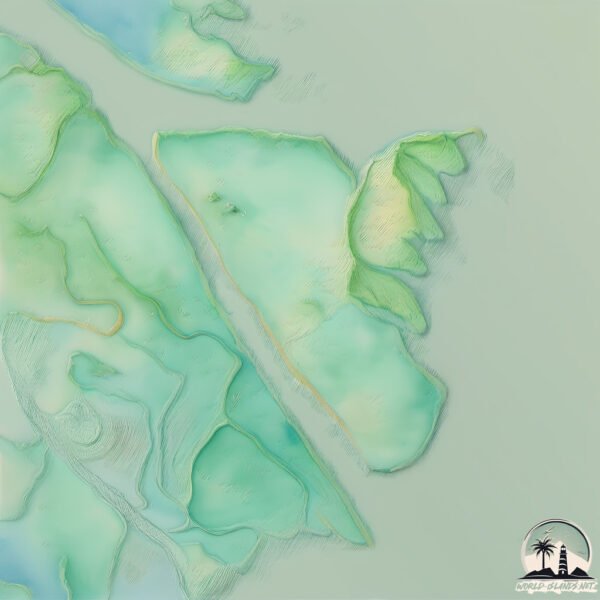Zarate

Welcome to Zarate, a Temperate island in the Rio de La Plata, part of the majestic Atlantic Ocean. This guide offers a comprehensive overview of what makes Zarate unique – from its geography and climate to its population, infrastructure, and beyond. Dive into the details:
- Geography and Size: Explore the island’s size and location.
- Climate and Weather: Weather patterns and temperature.
- Topography and Nature: Uncover the natural wonders of the island.
- Infrastructure and Travelling: Insights on reaching, staying, and making the most of your visit.
- News and Headlines: Latest News.
Geography and size of Zarate
Size: 12 km²
Coastline: 21.8 km
Ocean: Atlantic Ocean
Sea: Rio de La Plata
Continent: South America
Zarate is a Medium Island spanning 12 km² with a coastline of 22 km.
Archipel: –
Tectonic Plate: South America – A major plate covering the South American continent and part of the Atlantic Ocean, known for the Andes mountain range and significant seismic and volcanic activity.
The geographic heart of the island is pinpointed at these coordinates:
Latitude: -34.34771936 / Longitude: -58.46161281
Climate and weather of Zarate
Climate Zone: Temperate
Climate Details: Humid Subtropical Climate
Temperature: Hot Summer
Climate Characteristics: With continuous rainfall and hot summers, this climate is common in some coastal regions, supporting diverse vegetation.
Topography and nature of Zarate
Timezone: UTC-03:00
Timezone places: America/Sao_Paulo
Max. Elevation: 5 m
Mean Elevation: 2 m
Vegetation: Wetland
Tree Coverage: 40%
The mean elevation is 2 m. The highest elevation on the island reaches approximately 5 meters above sea level. The island is characterized by Plains: Flat, low-lying lands characterized by a maximum elevation of up to 200 meters. On islands, plains are typically coastal lowlands or central flat areas.
Dominating Vegetation: Wetland
These areas are saturated with water, either permanently or seasonally, and support aquatic plants. Wetlands are important for biodiversity and water filtration. Zarate has a tree cover of 40 %.
Vegetation: 3 vegetation zones – Moderately Diverse Island
These islands start to show a broader range of ecological niches. With three vegetation zones, they may offer a mix of ecosystems like coastal areas, inland woods, and perhaps a distinct wetland or dry area. This diversity supports a wider range of flora and fauna, making these islands more ecologically complex than those with minimal diversity.
Infrastructure and Travelling to Zarate
Does the island have a public airport? no.
There is no public and scheduled airport on Zarate. The nearest airport is Jorge Newbery Airpark, located 21 km away.
Does the island have a major port? no.
There are no major ports on Zarate. The closest major port is BUENOS AIRES, approximately 27 km away.
The mean population of Zarate is 1232 per km². Zarate is Densely Populated. The island belongs to Argentina.
Continuing your journey, Oyarvide is the next notable island, situated merely km away.
EL OJO MISTERIOSO: una isla en el Delta donde suceden COSAS EXTRAÑAS



Argentina is classified as Emerging region: G20: Group of Twenty – Major economies comprising both developed and emerging countries, representing the world’s largest economies. The level of income is Upper middle income.
News – Latest Updates and Headlines from Zarate
Stay informed with the most recent news and important headlines from Zarate. Here’s a roundup of the latest developments.
Please note: The data used here has been primarily extracted from satellite readings. Deviations from exact values may occur, particularly regarding the height of elevations and population density. Land area and coastline measurements refer to average values at mean high tide.
